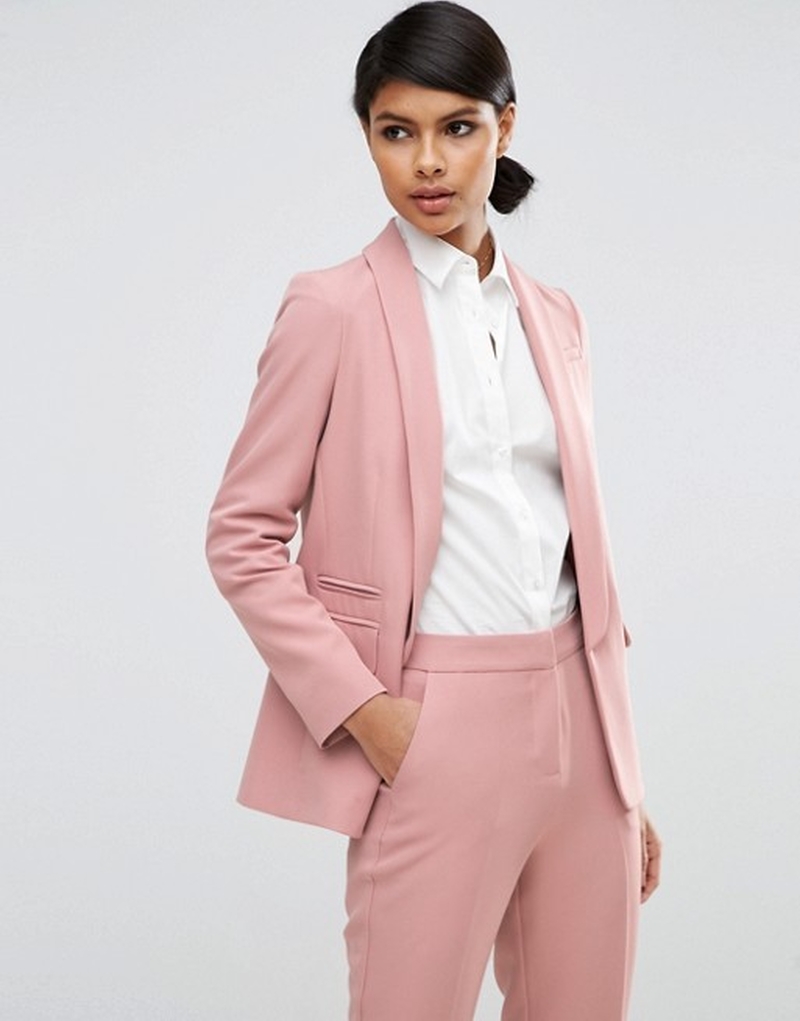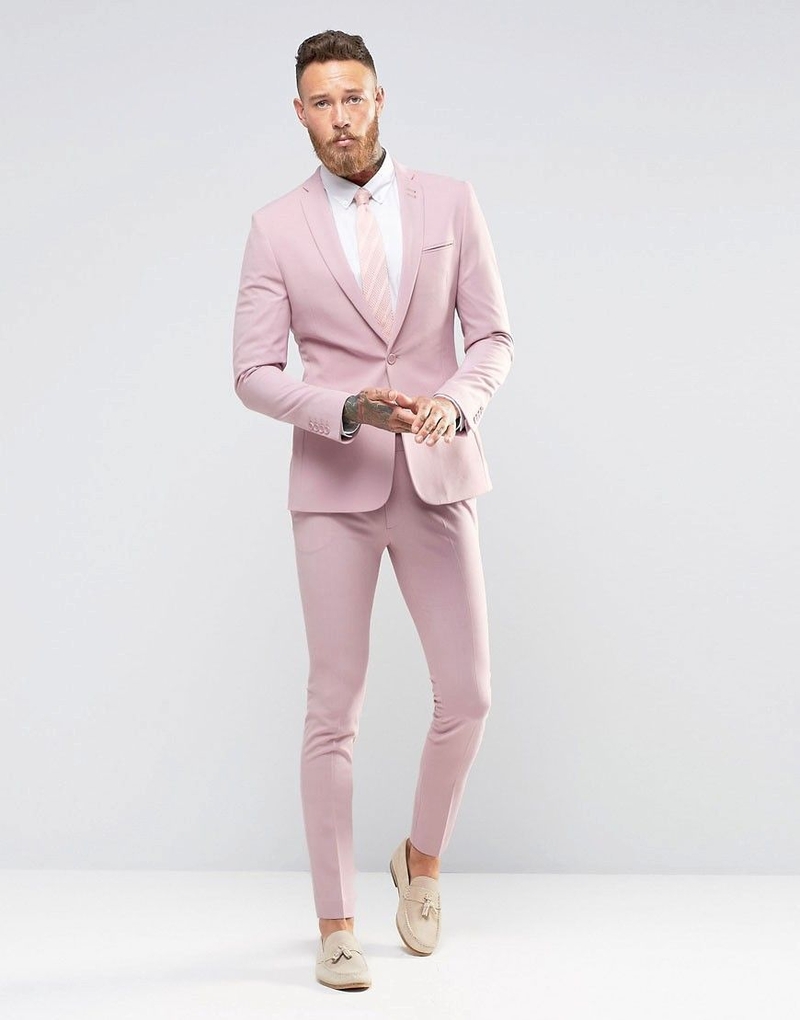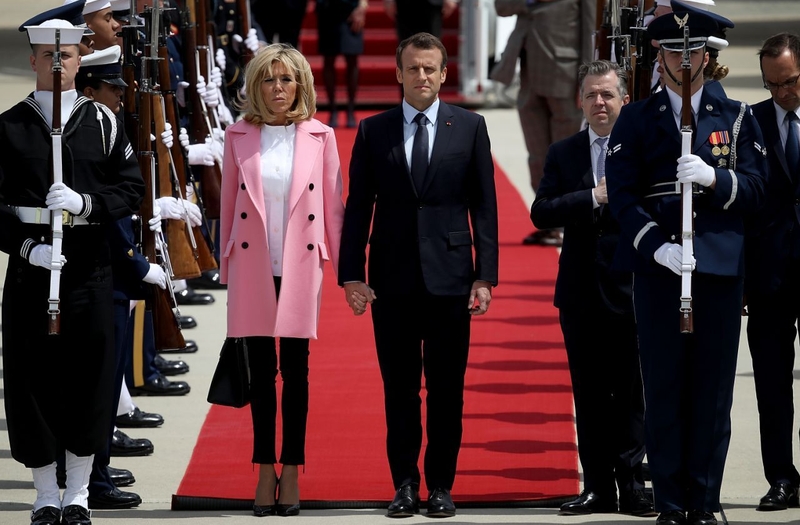Tori Attwood tackles the problem with pink
Working in a nursery school during the summer of 2014 taught me a valuable lesson. And it wasn’t just that I’m rubbish with kids.
I had just triggered the mother of all meltdowns from a four-year-old boy, who had been placed in my care. He had requested I get him a drink (no ‘please’) and so I had proceeded to the kitchen to fetch him a cup – which was when I made my fatal error. I hastily returned from the kitchen, drink in hand, to present the little boy with what I hoped would calm his impending tantrum – a glass of water served in a bright pink plastic cup.
The result: an eruption of venomous screeching from the now banshee-like boy who declared that “pink is for girls!” as he threw the cup to the floor.
The lesson learnt? I was not suited to a career in childcare. And also there’s a problem with pink.

In hindsight, I should have known that the little boy would have an issue with the colour. Back then, I was a nineteen-year-old student embarking on a feminist journey that had pretty much manifested itself into a hatred of the hue. I had read ‘Living Dolls: The Return of Sexism’ by Natasha Walter and decided that pink was the embodiment of a narrow and regressive culture that wanted women to stay at home, breed and get dinner on the table by 5.30pm. I rejected pink and the hyper femininity that I thought was associated with it.
Fast forward ten years and pink is having a moment. In 2017, millennial pink was plastered everywhere from billboards to shopfloors as young people reclaimed the nostalgic hue. The revival of pink went hand-in-hand with fashion’s venture into juvenile escapism – aspiring to be a pink unicorn in 2017 was somewhat of a norm. But whilst fashion explored escapism, pink was drafted in for more than just fickle femininity – sharp power suits, tailored jackets and bold menswear collections were all keen to embrace the colour, suggesting a shift in the perception of pink; the shade is no longer just for girly girls.
The gender-fluid movement perhaps had its part to play in the revival of pink. The generation raised on the dichotomy of pink for girls, blue for boys has since made moves to break down traditional gender stereotypes by encouraging the adoption of pronouns based on which gender you feel like identifying with. In its wake, pink seems to have become a more accessible colour for both sexes.
However, there is still hostility towards the hue.
It’s easy to spot the girls section in clothes shops as they’re still loaded with pretty pink dresses. The colour-segregation for boys and girls still prevails, though nowadays we’re a little more conscious of what that might mean for the girls we force into dresses and the boys we deny the right to wear them. Yet, those who banish the colour from their daughter’s lives in protest of this segregation are perhaps at fault for perpetuating it - if you dress your daughter in pink, the thinking goes, then are you supporting traditional feminine roles and thus squashing your child’s chances of becoming Prime Minister? I think not. Pink is not such a dangerously feminine hue that it should be disregarded altogether.
Growing up, I always had a problem with pink. Yes, I had been known to be shoe-horned into the pretty pastel hue from time to time. And yes, I doted on the impressive colony of Barbie dolls that nestled at the foot of my bed. But I spent more of my childhood years in boyish blue than any other colour. And my obsession with Pokémon meant that, given the chance, I would have much rather been an electrically-charged yellow mouse monster (Pikachu for those less familiar) than a pristine Barbie doll any day of the week. Being exposed to Barbie’s all-pink world didn’t diminish my desire to climb trees in pursuit of Pokémon.

When it comes to adulthood, the combination of pink and positions of power seems to be a difficult partnership to digest. ‘Passenger-seat pink’ is the latest version of the colour trend peddled by some tabloids. According to some industry experts, the soft feminine shade is adopted by women in power-adjacent roles to emphasis their femininity and traditional female roles in order to assert their partner’s masculine power. Meghan Markle, Melania Trump and Brigitte Marcon have all been spotted wearing the hue at significant political events.
“A woman choosing to wear pink is a way of letting her partner take the traditional masculine role and make him appear hyper-masculine by contrast to their typical female attire,” explains celebrity stylist Lucas Armitage for the Daily Mail.
What’s interesting is the assumption that these women wear the colour purely to emphasis their partners masculinity. It seems rather unlikely that Meghan Markle – a UN women’s advocate and longstanding feminist – consciously decided to wear pink to hype up Harry’s masculinity. And it’s a little frustrating that this assumption has been made. Apparently, we’re still struggling to align powerful women and a penchant for pink.
Often there’s a dismissal over the substance of things that are traditionally considered feminine. Pink too seems to fall into this void - alongside childcare, fashion and makeup, all of which are traditionally regarded as within the female domain. Why can’t women wear pink and be the CEO of a company? Or have a love of both make up and politics. And is pink such a dangerously feminine colour that the mere wearing of it will harness young girls to the reigns of regressive female roles for all eternity or force little boys to abandon their masculine identity?
The answer is of course no, it is not.
So, it’s time to put this problem with pink to rest. It’s just a colour after all. If you like it, then wear it. But wear it without painstaking over what it symbolises for you as a person, your gender identity or even your career. Your gender and your identity are more than the clothes you wear.
Wear pink without worrying if that makes you feminine or not. Wear pink with pride.
And for goodness sake, just drink from the cup.








